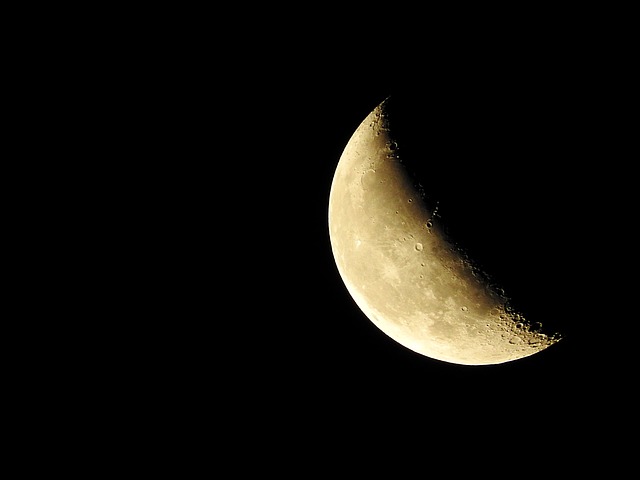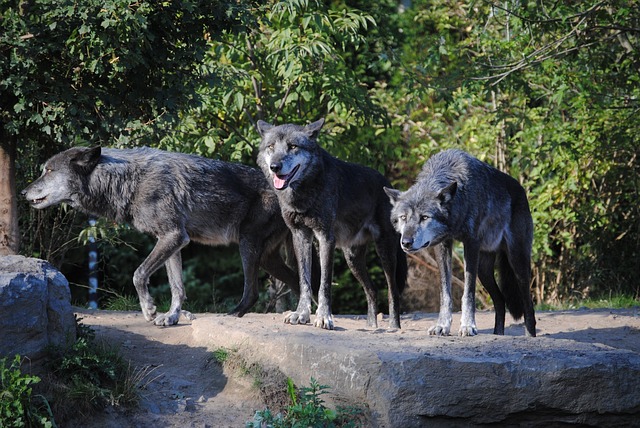 Why does the moon have phases?
Why does the moon have phases?
The moon has phases that are not due to the shadow of the earth. As it revolves around the earth, the portion of moon that is in light keeps on changing. The moon takes 27.3 days to go around the earth, but the phase cycle of the moon, ranging from full moon to new moon, takes 29.5 days. The new moon is the result of the shadow of the earth that falls on the moon, but the phases of the moon are not due to the earth’s shadow, but due to the arrangement and orientation of the moon and sun in the sky.
The revolution of the moon around the earth appears as if the shape of the moon is getting altered in the sky. These different shapes are due to the angle with which we look at the illuminated part of the moon. These various shapes, viewed by us, are called phases. The different phases of the moon in sequence are listed as new moon, waxing crescent, first quarter, waxing gibbous, full moon, waning gibbous, third quarter and waning crescent.
At the new moon, the inclination of the sun with the moon will only be a very few degrees. During the first quarter, when the illuminated part of the moon is half of it, then the moon is aligned orthogonally to the sun, towards the east. In the first quarter, when we stand before the sunset and point one of our hands towards the sun and the other towards the moon, the angular distance between your hands will be ninety degrees. During full moon, the inclination will be one hundred and eighty degrees. In the third quarter, it will be ninety degrees towards the west of the sun. During the new moon, the moon is in between the sun and earth, and hence we cannot see the moon in the light of the sun. Waxing crescent represents it growing till first quarter, and then to full moon. Waning crescent represents it shrinking towards a new moon.












February 19, 2012 2:09 am
In the first paragraph, the author incorrectly states: The full moon and new moon are the result of the shadow of the earth that falls on the moon…
In the final paragraph the author correctly states: During the new moon, the moon is in between the sun and earth, and hence we cannot see the moon in the light of the sun.